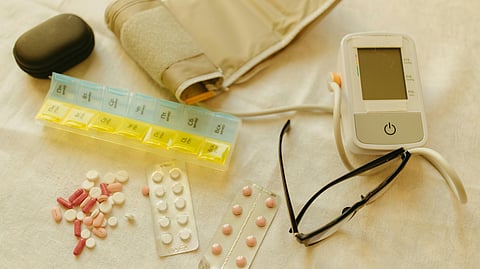Cardiovascular disease is the leading cause of death worldwide. Hypertension, as one of the predisposing factors of cardiovascular disease, is an important reason for the high incidence of cardiovascular disease. Actively preventing hypertension can greatly reduce the risk of cardiovascular disease.
At present, blood pressure monitoring is usually carried out using cuff sphygmomanometers in clinical practice. Inflation and deflation of the cuff during the measurement process may cause discomfort to patients. In addition, cuff-based blood pressure measurement is limited to providing intermittent measurement under static conditions, and real-time dynamic changes in blood pressure cannot be monitored and recorded. Therefore, wearable cuffless blood pressure monitoring contributes to continuous and comfortable blood pressure monitoring, playing a crucial role in the prevention and screening of hypertension and cardiovascular diseases.
In a review published in the KeAi journal Wearable Electronics, a team of researchers from the Collaborative Innovation Center of Advanced Microstructures at Nanjing University looked at the progress of wearable cuffless blood pressure monitoring.
The authors focused on each aspect of realizing cuffless blood pressure monitoring from a full-process perspective, and reviewed theoretical foundations, recent advances in wearable sensors facilitated by flexible electronics, and back-end signal processing of cuffless blood pressure monitoring.


